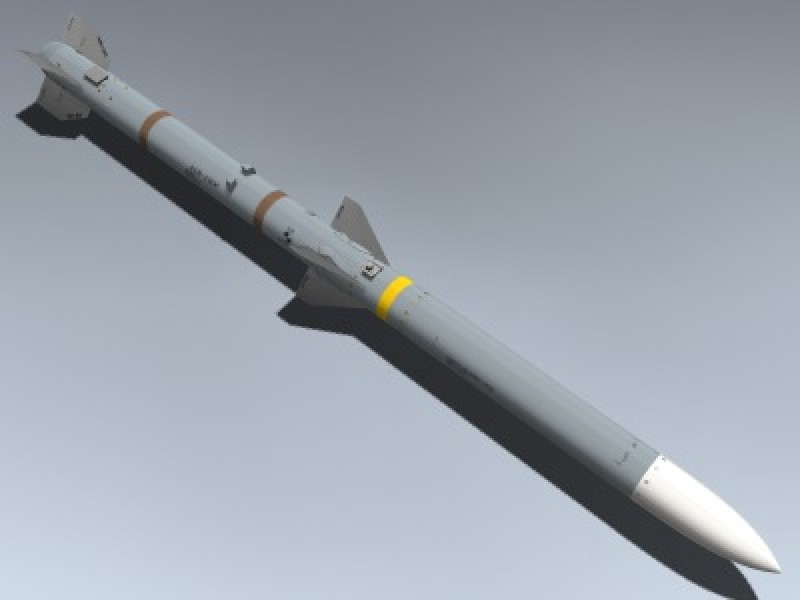

The deal was justified as a part of the country’s efforts to diversify weapons suppliers.

In response, several members of the Egyptian parliament, including ex-military commanders, warned that these sanctions would be considered unacceptable interference in Egypt’s sovereign decision to procure arms. Secretary of State Michael Pompeo red-flagged the deal and warned at a congressional hearing of the need to imposing sanctions under the Countering America’s Adversaries Through Sanction Act (CAATSA). One month after news of the sale broke in March 2019, then-U.S. officials, however, was Egypt’s $2 billion purchase of the Russian Su-35 fighter jet in October 2018. By 2015, Egypt concluded a deal with France to procure Rafale fighter jets and a FREMM frigate. Towards the end of that year, Egypt began negotiating the purchase of Russia’s MiG-29M2 fighter jets, Ka-52 helicopters and Antey-2500 anti-ballistic missile systems. However, in response to the pause, the Egyptian military undertook drastic measures to counterbalance their country ’s dependency on U.S. Though some equipment was delivered during this period, such as several of the AH-64 Apache helicopters in 2014, it was not until 2015 that the United States resumed the normal transfer of military hardware to Egypt.

displeasure at human rights violations as a result of Egypt’s military crackdown on the Muslim Brotherhood. In October 2013, the State Department announced the halt of several pending arms transfers to Egypt, including 10 AH-64 Apache helicopters, four F-16C Block 52 fighter jets, M1A1 tank components, and Harpoon anti-ship missiles. If the United States will not provide Egypt with greater air to air capabilities, Egypt will risk sanctions in order to acquire them.


 0 kommentar(er)
0 kommentar(er)
